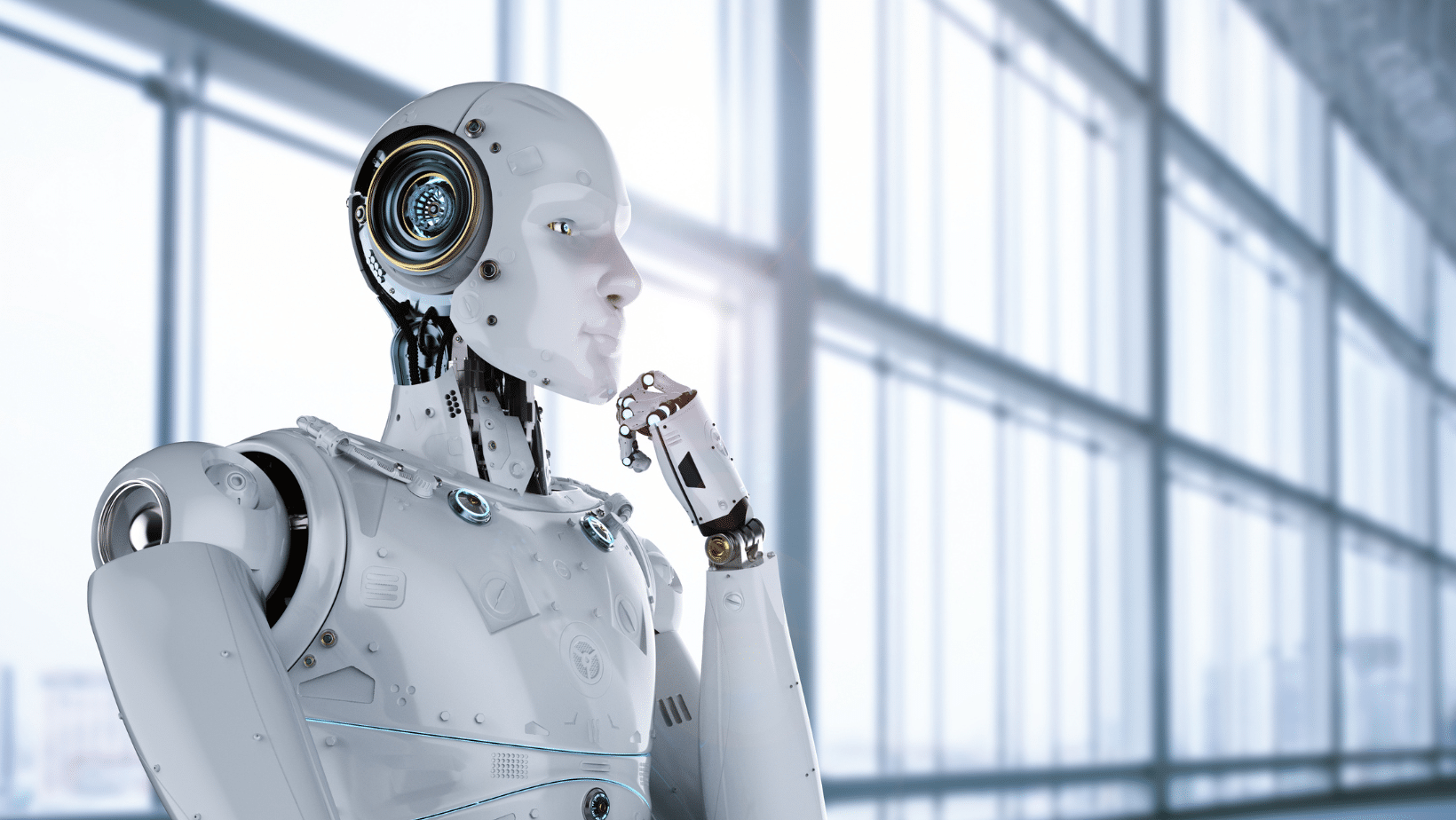
Robots have taken over the financial services industry, from robo-advisors in wealth management to virtual tellers and even the ubiquitous ATM. No, this isn’t a deleted scene from the most recent Terminator movie, it could very well be the future of banking.
Of course, the prominence of robotics, AI and a digitized banking landscape have many people worried. The trends do back up some concerns, too. For example, Business Insider reported that Bank of America now has 7 percent fewer employees from the first two quarters of 2014 to the same time in 2015. Many bank branches large and small are closing their doors, instead opting to embrace technology and focus on online and mobile banking.
This doesn’t have to be the case, however. On the contrary, new technology and even “robot” bankers can work alongside us humans, actually helping to make banking more efficient, effective and enjoyable for consumers. Here’s how:
“Perception has tainted digital technologies.”
From sci-fi to the the branch floor
One problem with automation, and technology in general, is perception. Especially when it comes to things like robots. Popular culture has told us that robots are something to be feared, from such fan favorites like the aforementioned Terminator, or Blade Runner, or the Transformers.
In many industries, automation and technology can still be perceived as a threat. To counter this idea, the IT and consulting firm Cognizant conducted a study to find out just how much digital technologies actually helped human workers. The results were interesting.
Cognizant found that technology greatly benefits banks and consumers. From a bank perspective, 26 percent of the financial-services respondents said front-office and customer-facing automation led to at least 15 percent cost savings on a yearly basis. More than half expect to achieve that level of savings over the next few years.
In addition, further benefits of automation include reduced error rates, more standardized process workflow, lower need of multiple systems/processes to complete a task and improved management of repeatable tasks. By integrating digital technology and automation into banks, managers are able to put a more streamlined, efficient product on the floor.
Automation is lean management by a more specific name. However, automation doesn’t have to get so lean that there are no employees left.
“Robots complement, not replace, employees.”
Humans, robots can coexist
Right now, technology is at its best with humans at the helm. One example of this is the new version of customer service. Consider Twitter. Once, customer service would take place in-person or over the phone. With Twitter, it can now take place in a series of tweets. This job didn’t even exist a couple of decades ago, and now it is integral for many businesses.
Of course, a bank can just use a “Twitter Bot” to crawl for customer-service related keywords, then generate an auto-reply that “someone is looking into it,” but this easily backfires. It is less personal and bots can pick the wrong tweet to reply to (with often disastrous PR results). With a human in charge of the technology, customer service is effective, timely and convenient.
This is one small example of the relationship that can be forged between humans and digital technologies in banking. As stated above, technology can decrease redundancies, speed up processes and make life easier for employees. Instead of replacing employees, banks can simply “reuse” them. They can be trained in new areas, given more oversight and spend more time with the customer.
As technology and robots continue to spread across financial services, banks should focus on ways to capitalize on it, not run from it. In many cases, the best results are when humans and robots are working together.

